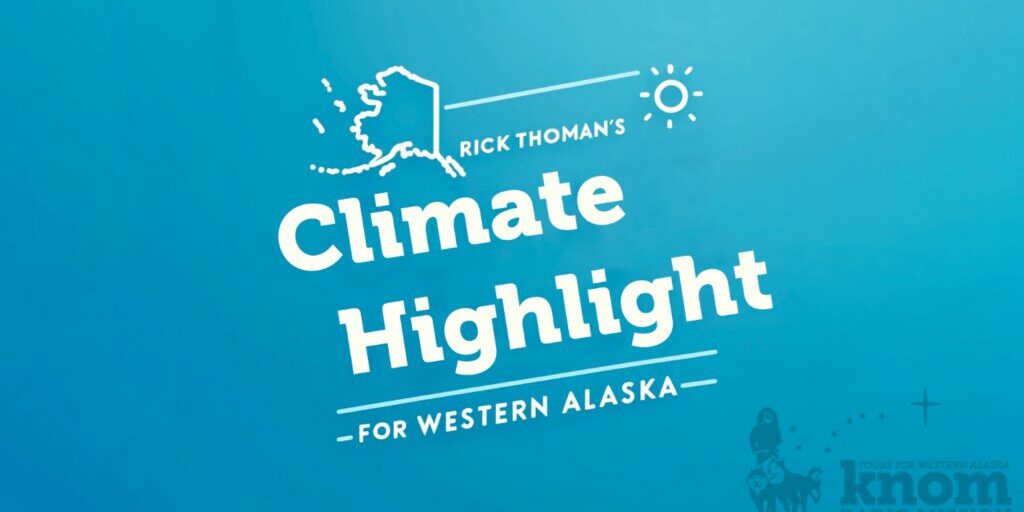Often with weather forecasting, we track features like high and low pressure centers and weather fronts as they move around.
If you're a fan of apps like windy.com you can follow right along on your phone, but that's only part of the story. Weather systems are born. They move at varying speeds, change and eventually decay.
Sometimes this is a gradual, orderly process, and sometimes very rapid, and from our limited viewpoint, it can even appear chaotic. We recently had an intense storm that went from nothing to producing gale and storm force winds over Bristol Bay in less than 24 hours.
As we saw in the Gulf of Mexico, a disorganized area of thunderstorms became category five Hurricane Milton in just two days.
The underlying reasons for this kind of rapid development are different between the tropics in Alaska, but both are a good reminder that the weather we experience is the end result of many simultaneous interactions, and not just features moving around on a weather map.




